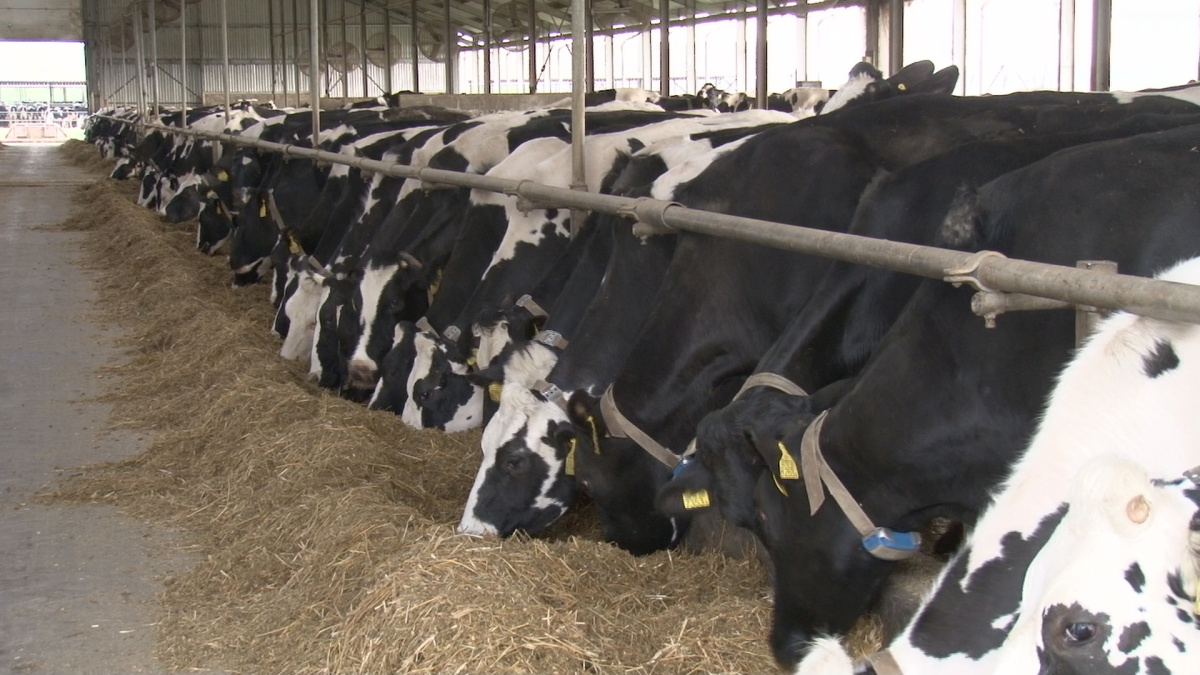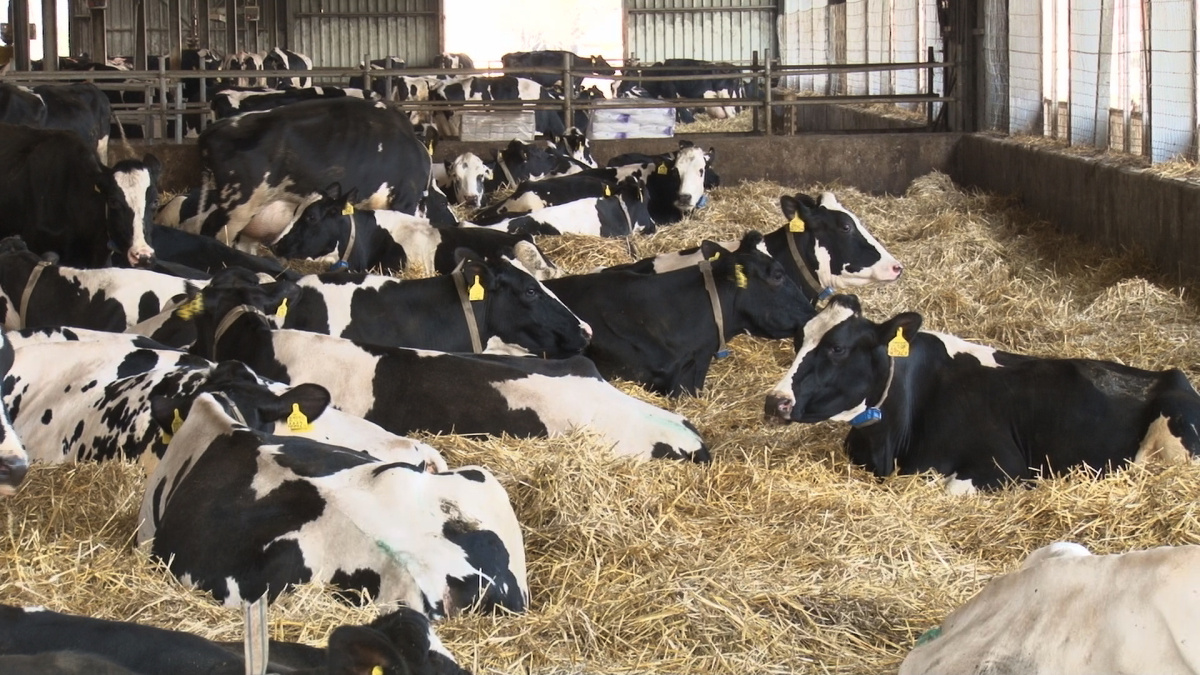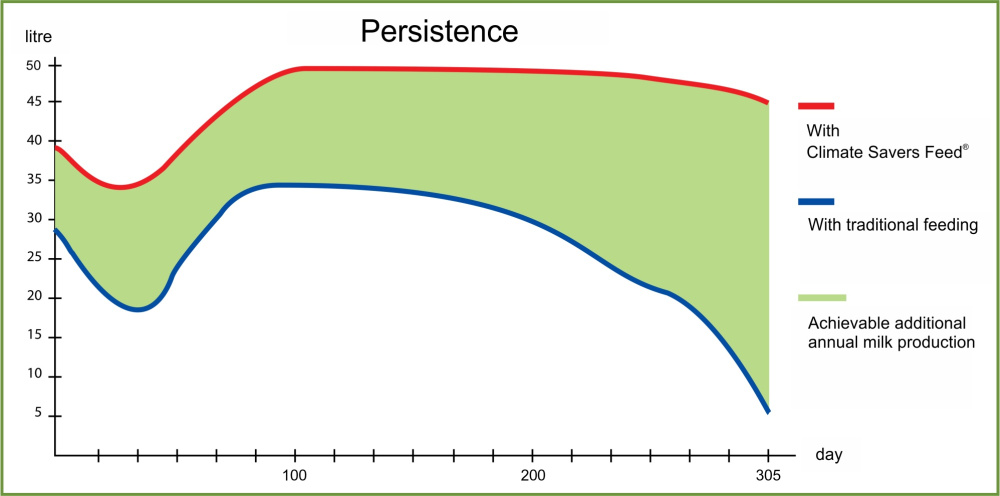

Feeding results of dairy cattle with the use of CLIMATE SAVERS FEED®
Our basic aim is to produce milk with healthy animals and natural feeds to be by all means profitable.
- There are producers – let us add, fewer and fewer and struggling with dozens of problems – who think that the low amount of milk at low costs is profitable, at the level of 6-8 thousand litres.
- Others select intermediate level of production and reach the “best result” at the production level of 8-10 thousand litres.
- However, the ones who tried to produce successfully 13-15 thousand litres per lactation with us and the Climate Savers Feed®, think that exclusively this principle and production level is the gentlest and the more profitable solution for animals and people.

- Based on good basic feed and with the application of the Climate Savers Feed® one can achieve results which have been unavailable for many farmers, as reflected by our results achieved in Germany..
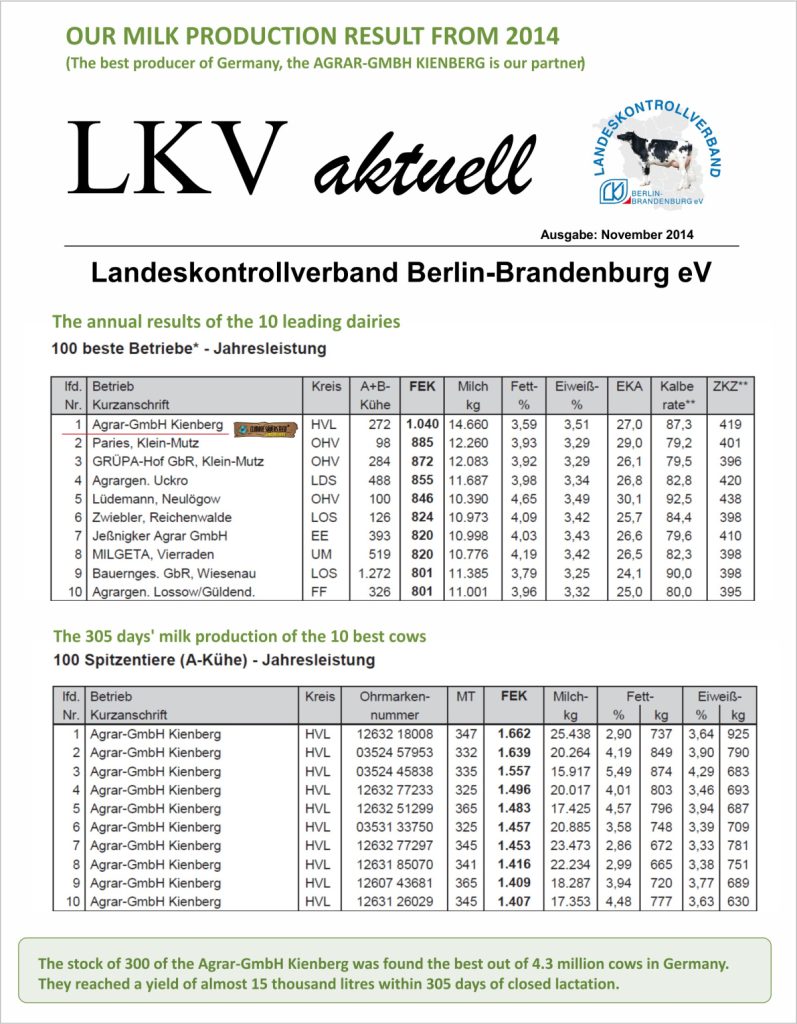
“As when the price of the milk is acceptable, produce a lot of milk and if its price is low, produce even more.”
Our feeding programme is designed based on the forage basis produced by you. The high-quality fibres serve as a good basis for the utilisation of the Climate Savers Feed®, as a result of which:
- The appetite of the animal increases.
- The dry matter intake increases
- The animal ruminates much more and for much longer time, which proves the efficient rumen function.
- The precise feed management with the application of the Climate Savers Feed® leads to significant, up to 20-30%, decrease in the specific fodder use.
- The condition increases and there is no body mass fluctuation.
- Owing to the Climate Savers Feed®, the negative effect of the thermal stress decreases and the fluctuation of the production is lower.
- The reproduction biology indices improve.
- And what is the most important: the production increases.
- The composition of the milk significantly changes, as a result of which the fat free dry matter content, the milk fat, the milk protein and the casein content grows, i.e. everything serving as the basis of the production of quality dairy products.
Animal health relations:
By the application of the Climate Savers Feed®, the energy balance, the immunity and many other material flow parameters of the animals improve.
Therefore:
- The loss of animals significantly decrease.
- The fatty liver disease disappears.
- The number of udder diseases radically decreases.
- Practically there is no ketosis.
- The foot diseases of feeding origin disappear from the stock.
- The planned culling becomes possible, i.e. we can decide which animal should not produce on within the stock and not the contraselection is to decide instead of us that the animals of lower production should remain and the genetically more valuable ones should fall against out will, due to the production conditions poorer than required.
As the animal is healthier, its useful life increases and it can be kept under production for a longer time
Persistence:
By the application of the Climate Savers Feed®, persistence becomes significantly longer and it is out of question that this means further economic advantages for the producers.
One of the most important questions is the raising of heifers
The future milk production starts with the raising of heifers. Only the well-raised animals will be able to take up larger quantity of dry matter, therefore, the large body mass and the large rumen capacity are important factors.
The intensive raising of heifers are thought by many to be an expensive technology, however, the appropriate raising of heifers will pay off even during the first lactation.
The application of the Climate Savers Feed® is a reliable background for the raising of animals with good immunity.
It is worth checking how high the closed lactation production of the animals of first lactation is with us.
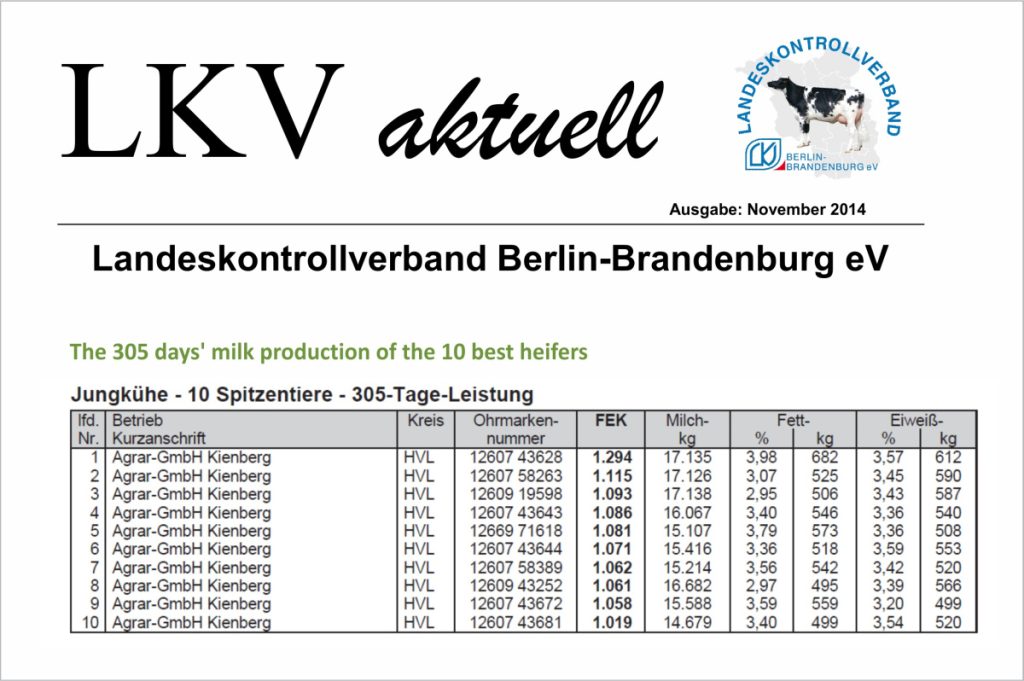
You can watch in the movie below where our partners report the results achievable with the Climate Savers Feed®.
Feeding of dairy cattle, Holstein Friesian variety
Feeding of dairy cattle, AGRO-COW Kft., Berettyóújfalu
Feeding of dairy cattle, Hajdúböszörményi Béke Mezőgazdasági Kft., Hajdúböszörmény
Feeding of dairy cattle, Mocsai Búzakalász Cooperative, Mocsa
Feeding of dairy cattle. MILKMEN Kft., Paks
Feeding of dairy cattle, PUSKIN-TEJ Kft., Szegvár
Feeding of dairy cattle, Rózsási Kft., Szarvas
Feeding of dairy cattle, Szabadság Agricultural cooperative, Tiszalök
Feeding of dairy cattle, VESZELINOV Mile, family farmer, Szeged-Újszentiván
Feeding of dairy cattle, Agrar Kienberg GmbH, Kienberg, Germany
Feeding of dairy cattle, Hungarian Simmental variety
Feeding of a 100,000 litres Hungarian Simmental cattle, Hajdúböszörményi Béke Mezőgazdasági Kft., Hajdúböszörmény


 Magyar
Magyar Deutsch
Deutsch Français
Français Español
Español Русский
Русский العربية
العربية Português
Português